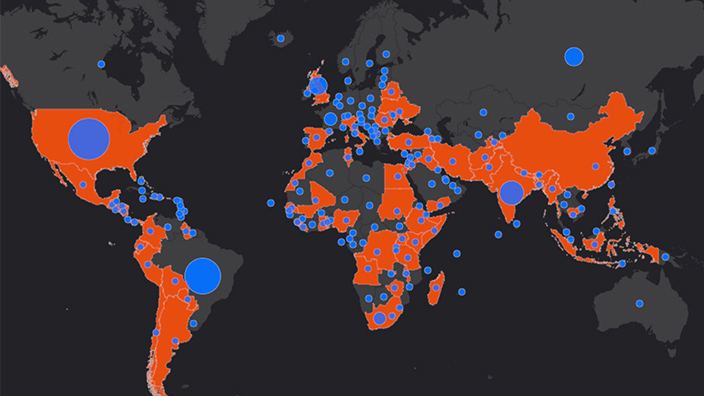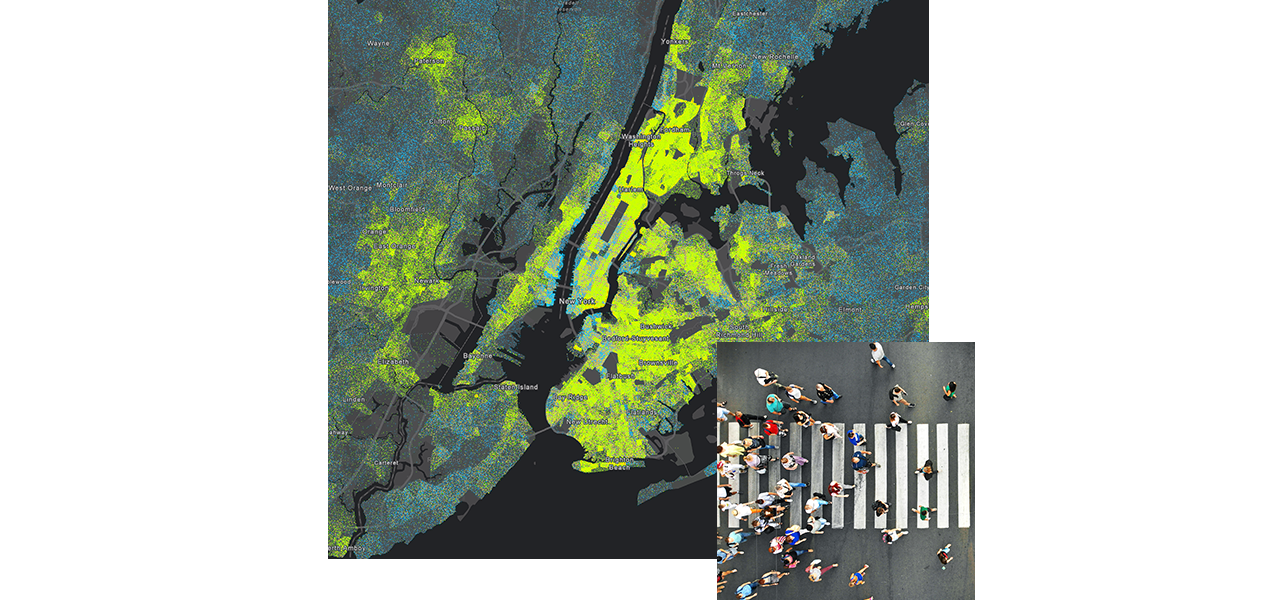
Direct Relief Streamlines COVID-19 Response
Geography and society are intimately connected. People working to address our most important challenges, such as sustainability, public health, equity, and conservation, use a geographic approach to better understand those issues and manage their operations through one common language—location.
Organizations can use enterprise-grade geographic information system (GIS) technology to identify areas of need, operate efficiently, and communicate purpose.

Beyond analyzing issues of geography and society, humanitarian organizations can apply a geographic approach to operations to improve results. Seamlessly integrating location data with business systems, programs, and activities provides awareness of what is happening where.

A geographic approach can help organizations address issues of societal inequity and operate equitably themselves. Organizations can use mapping tools and authoritative geospatial data to visualize and analyze population variables such as race and ethnicity, internet access, income level, and disability status.

A geographic approach accelerates planning with a map-based view of operations and resources. GIS unlocks data hidden in spreadsheets and databases and integrates it into a common operating picture, providing a better foundation to affect positive change.
Visualizing the locations of marginalized populations and, barriers to equality, reveals significant patterns. Leaders use GIS to show the far-reaching impacts of policies and practices, and decide how to take positive action.
Find out how a geographic approach can elevate your organization's work.